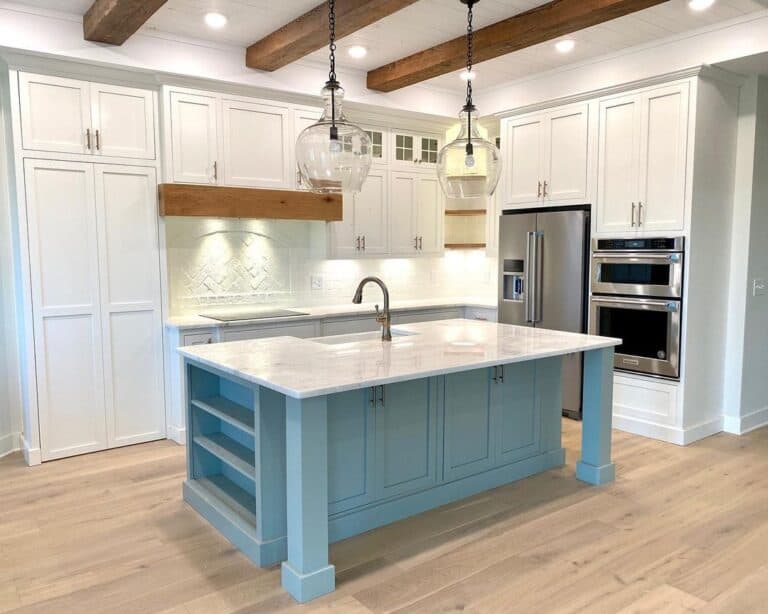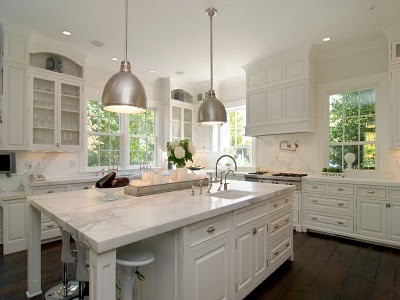Count On Expert Workmanship for Tailored Legs For Kitchen Island Concepts
Count On Expert Workmanship for Tailored Legs For Kitchen Island Concepts
Blog Article
Exploring the Different Designs of Legs For Kitchen Area Island: What You Required to Know
In the world of kitchen area style, the choice of legs for your island is more than a plain visual decision; it considerably influences both design and usefulness. Industrial designs can pass on a rugged personality, while rustic farmhouse legs stimulate a sense of warmth and practice.
Modern Steel Legs
Modern metal legs have actually ended up being a popular selection for kitchen islands, offering both longevity and a smooth visual. These legs are usually crafted from materials such as stainless-steel, aluminum, or wrought iron, making them immune to tear and wear, which is necessary in a high-traffic area like the kitchen area. Their robust building ensures stability, suiting the weight of heavy kitchen counters and everyday usage.
Along with their strength, modern-day metal legs been available in numerous designs, from minimal to industrial designs, enabling homeowners to customize their kitchen islands to their unique tastes. The reflective surfaces of metal can include a contemporary touch, boosting the general illumination of the kitchen area. Furthermore, metal legs can be combined with a vast range of counter top products, integrating seamlessly with granite, quartz, or even recovered timber.
One more advantage of metal legs is their simplicity of upkeep; they can be merely cleaned to get rid of any stains or spills, guaranteeing durability and cleanliness. In general, contemporary metal legs not only offer structural support for kitchen area islands however likewise contribute considerably to the visual appeal, making them a favored option for contemporary kitchen designs.
Traditional Timber Legs

Traditional timber legs can take numerous types, including transformed, tapered, or square designs. Turned legs include a spherical profile with luxuriant detailing, adding a touch of style. Tapered legs, on the various other hand, provide a more structured appearance while maintaining a standard ambiance. Square legs provide a durable look, which can create a sense of security and weightiness in the layout.
Furthermore, timber legs can be tarnished or painted to match existing cabinets or design, giving customization choices that improve the total visual of the cooking area. Pairing these legs with a wood counter top or other wooden aspects can develop a natural appearance, emphasizing the warmth and character that conventional timber offers cooking area islands. Thus, traditional wood legs stay an ageless choice for those seeking elegance and functionality in their kitchen area style.
Industrial Design Legs

The versatility of commercial legs permits them to match a selection of countertops, from redeemed wood to polished concrete. Their integral strength makes sure resilience, making them appropriate for sturdy use. In addition, the minimal design commonly related to commercial design legs can enhance the general room without frustrating it.
Commercial legs can be incorporated right into numerous kitchen area setups, from open-concept areas to a lot more small styles. Ultimately, industrial design legs can change a cooking area island right into a statement piece, marrying kind and feature in an unified way.
Rustic Farmhouse Legs
Rustic farmhouse legs embody a lovely blend of practice and heat, making them a prominent option for kitchens that look for to stimulate a relaxing, inviting atmosphere. Identified by their tough building and natural products, these legs commonly feature wood with a troubled surface, official website showcasing the charm of imperfections that features age. This aesthetic not only enhances the farmhouse style but additionally adds character and credibility to the kitchen room.
Normally, rustic farmhouse legs are designed with robust, beefy accounts that offer significant assistance for the kitchen area island. Commonly crafted from redeemed wood, they contribute to a lasting design while offering a special story through their diverse structures and tones. The all-natural grain patterns and knots discovered in these products improve the aesthetic appeal and bring a feeling of nature see this here indoors.
In enhancement to their aesthetic worth, rustic farmhouse legs can be paired with numerous tabletop materials, such as butcher block or stone, developing a harmonious equilibrium between rustic appeal and modern-day performance. This versatility permits property owners to tailor their kitchen islands according to individual choices, guaranteeing that the room remains both trendy and sensible for day-to-day use.
Special Attractive Legs
Frequently ignored, one-of-a-kind decorative legs can transform a common kitchen island into a statement item that mirrors specific style and creativity. These legs offer not just as architectural assistances but also as artistic expressions that improve the general visual of the cooking area.
Readily available in a variety of designs, distinct ornamental legs can vary from detailed functioned iron scrollwork to frankly transformed timber patterns. For those leaning towards a more contemporary look, smooth metal legs in geometric shapes can supply a minimal yet distinctive allure. Redeemed timber legs with artisanal describing bring heat and personality, lining up with sustainable design principles.
Incorporating unique attractive legs right into your cooking area island enables for limitless personalization. Color, texture, and form can be adjusted to integrate with existing decoration or to introduce an exciting comparison. Coupling a rustic wood top with polished brass legs creates a striking association that draws the eye.
Ultimately, picking special ornamental legs is an opportunity to share individual taste while ensuring capability. By prioritizing both design and durability, home owners can produce a kitchen island that not just stands apart but additionally acts as a practical centerpiece for cooking i loved this endeavors.
Verdict
In final thought, the selection of proper legs for a kitchen island dramatically influences both the useful and aesthetic facets of the space. Modern steel legs provide a smooth look, while standard timber legs use heat and character - Legs For Kitchen Island. Industrial-style legs present an urban appeal, and rustic farmhouse legs highlight natural beauty and durability. Distinct decorative legs act as a way of personalization, guaranteeing that the cooking area island not just sustains sensible use yet additionally boosts the overall style of the cooking area.
A range of typical wood legs can improve the appeal and heat of cooking area islands, appealing to homeowners who choose a timeless visual. Coupling these legs with a wood countertop or other wooden elements can create a cohesive look, highlighting the warmth and character that standard wood brings to kitchen area islands. Modern steel legs supply a smooth appearance, while standard timber legs use heat and character. Industrial-style legs introduce a metropolitan charm, and rustic farmhouse legs highlight natural charm and durability. Distinct decorative legs serve as a means of customization, ensuring that the cooking area island not just sustains functional use however also enhances the overall layout of the cooking area.
Report this page